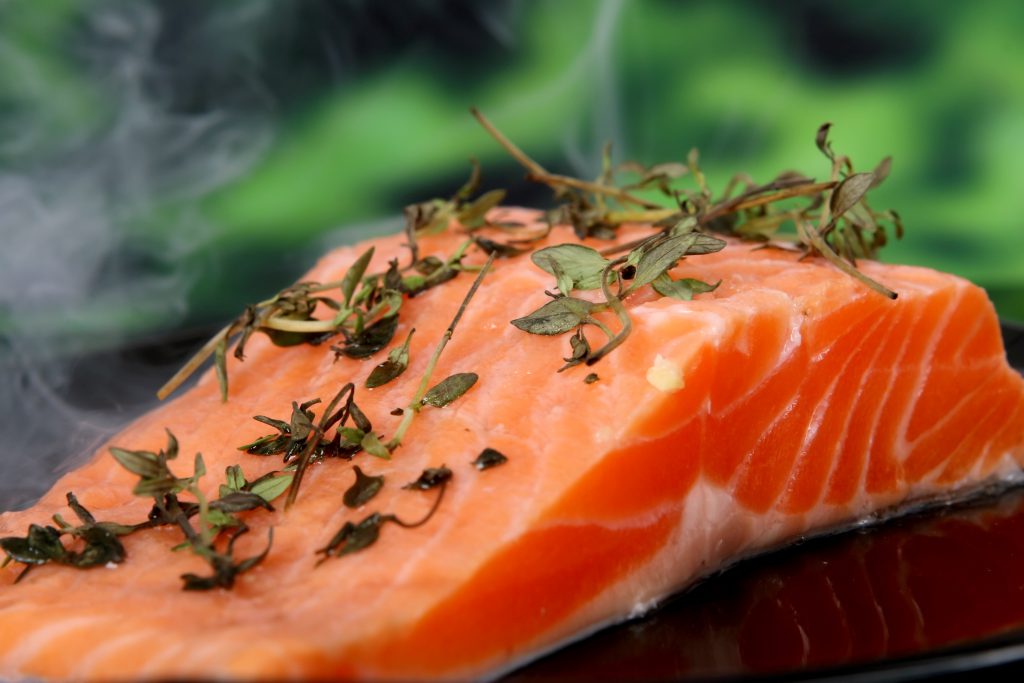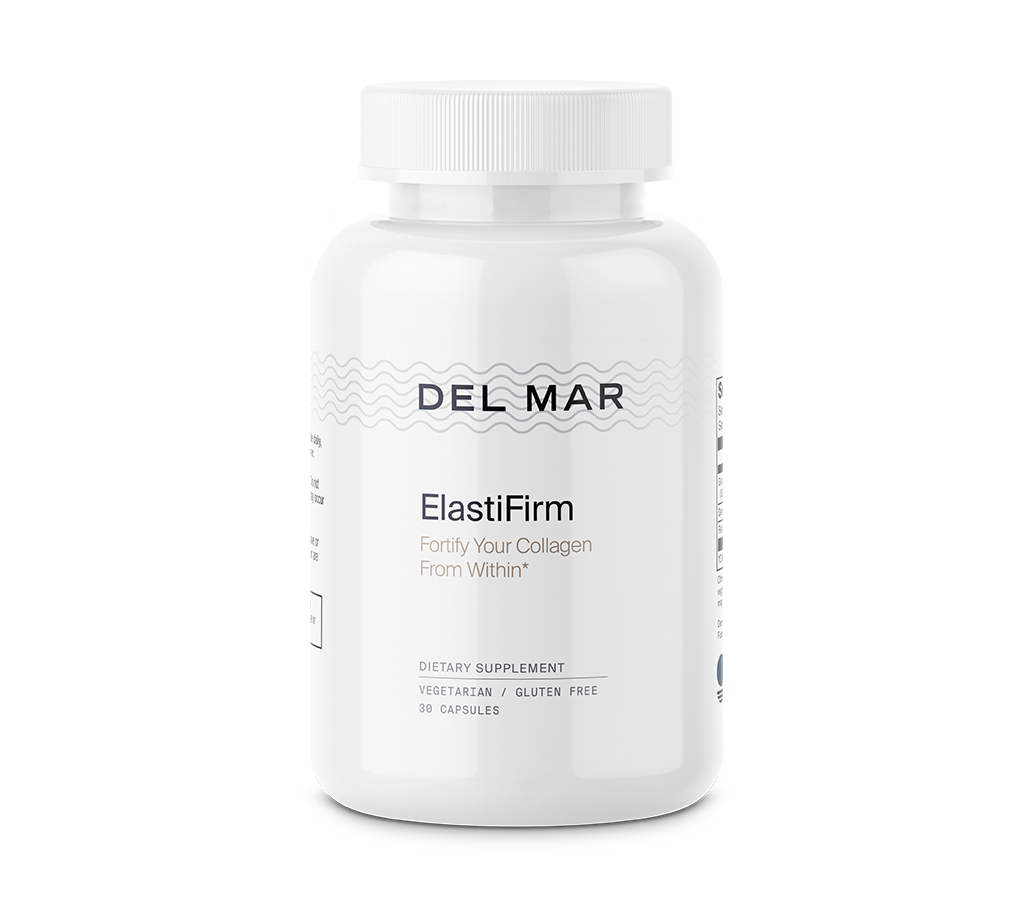When it comes to preventing, treating, and even reversing heart disease, the most important thing you can do is eat a heart-healthy diet. By eating the right diet, you can reduce your blood pressure, cholesterol, and inflammation, and with them, your risk of coronary heart disease.
Foods that Contribute to Heart Disease

In the introduction, we outlined the foods that are commonly consumed in the Western diet that are known to contribute to heart disease. These include processed foods, refined grains (think white-carb products, like white flour and baked goods), sugary foods, red meat, fast foods, fried foods, and excess sodium. (*1,2)
If you really want to live a long, healthy life without the struggle of cardiovascular disease, it is critical that you limit your intake of these foods and increase your intake of foods shown to enhance heart health, and along with it, quality of life.
Foods that Help Fight Heart Disease

When it comes to a heart-healthy diet, the foods that you have always known to be healthy are the best tools in any arsenal. These include:
- Vegetables
- Fruits
- Whole grains
- Fish
- Chicken
- Legumes
- Nuts and seeds
But what exactly in these foods is responsible for their benefits?
1. Dietary Fiber
Fiber is a nutrient found in plant foods that provides many health benefits, even though it cannot be digested. When we consume fiber, it travels through our digestive tracts, yielding many surprising benefits.
Fiber is broken into two groups: soluble and insoluble. While both of these are important parts of a balanced diet, it is specifically soluble fiber that has been found to help lower cholesterol levels, and thus is thought to have the most benefit when it comes to preventing and treating heart disease. (*1)
Soluble fiber does more than just decrease cholesterol levels—it has also been found to decrease fat absorption in the intestines and slow gastric emptying. This slowdown of gastric emptying is what helps us to feel full for longer after eating a meal. This can be tremendously helpful when it comes to losing weight or maintaining a healthy weight.
Another indirect benefit of eating more fiber is that it tends to be housed primarily in healthy plant foods. By stacking your diet with more plant foods, you are likely replacing less healthy foods that are packed full of unhealthy fats and excess sodium with plant foods full of fiber, vitamins, minerals, and other important nutrients.
For those suffering from high blood sugar or cholesterol, it is recommended to consume 50 g/day of total fiber, with 10-25 grams of that being soluble. This is best accomplished by consuming plenty of high-fiber foods in every meal, including fruits, vegetables, whole grains, beans, and legumes.
2. Omega-3 Fatty Acids

When it comes to fish, nuts, and seeds, some of the biggest nutritional benefits that they confer come from their beneficial fat profiles. Omega-3 fatty acids are abundant in these types of food, particularly in cold-water fish, such as salmon, trout, mackerel, tuna, and sardines.
There are three types of omega-3 fatty acids:
- DHA (docosahexaenoic acid)
- EPA (eicosapentaenoic acid)
- ALA (alpha-linolenic acid)
DHA and EPA are found in high concentrations in cold-water fatty fish, and are the two that have been more extensively studied when it comes to omega-3 fatty acids and heart health.1 There is no shortage of studies demonstrating the ability of omega-3 fatty acids to lower the risk of cardiovascular disease; some of these demonstrate benefits of fish consumption, while others that of high plasma (blood) levels of EPA and DHA.
When it comes to APA, the studies are much more limited, however, those that there have been do show promising results. With APA, the beneficial effects on heart health are believed to be related to its ability to reduce inflammation in the body. APA is the omega-3 fatty acid that is found primarily in nuts and seeds, such as walnuts, chia seeds, and flax seeds.
3. Phytosterols
Probably the most powerful group of nutrients that you have never heard of are phytosterols, also known as plant stanols and sterols. (*1) For decades, research has found that these compounds exhibit an ability to reduce both LDL (bad) and total cholesterol.
While the average American diet includes about 200 mg/day of these health-boosting compounds, vegetarian diets tend to include 500 mg/day or more. These figures demonstrate the need for the average American to consume more whole foods, particularly vegetables, fruits, and nuts, which are all high in phytosterols.
Research suggests that you need to consume between 0.8 and 3 grams of these sterols and stanols per day to help reduce cholesterol levels. As this is roughly 2-6 times the amount that vegetarians tend to consume, if you have high cholesterol, it may be best to find supplements or foods that are fortified with phytosterols. Some of the most commonly fortified foods include orange juice, yogurt drinks, and snack bars.
The standard recommendation is to consume 2 grams each day of plant stanols and sterols to help lower cholesterol and reduce the risk and severity of cardiovascular disease.
4. Antioxidants

When it comes to the health benefits of fruits and vegetables, antioxidant capacity is one of the most important when it comes to both overall health and heart health. (*3) Oxidative stress plays a role in the pathogenesis of many diseases, including heart disease. It can lead to inflammation, which is implicit in heart disease and most of the chronic conditions of our time.
There are numerous individual nutrients that have been shown to have antioxidant potential, including vitamins, carotenoids, polyphenols, and other plant compounds. Fruits and veggies are ranked by something called their ORAC score, which stands for Oxygen Radical Absorbance Capacity. The ORAC score reflects their antioxidant capacity, so the higher the ORAC score, the more powerful antioxidants they are.
Some of the veggies and fruits with the highest ORAC scores include:
- Spinach
- Avocados
- Red cabbage
- Asparagus
- Artichokes
- Russet potatoes
- Berries (blueberries, strawberries, raspberries, and blackberries)
- Oranges
- Plums
Closing Thoughts
Diet plays a huge role in heart health. What you eat is one of, if not the, most important factors in your heart health that you have direct control over. By changing your diet, you can not only protect your heart, but even reverse some of the damage that’s already occurred.






